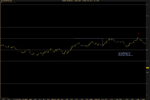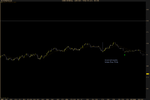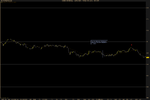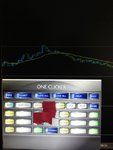cha-ching
Active member
- Messages
- 148
- Likes
- 9
Thanks for that! It actually makes my life much easier because I just download CSV in 30 second format and can display the data directly in Excel in candlestick format without Ninja Trader. Actually, I can even display it in Dukascopy's online chart which works very well too.
BTW you know you can request tick data from OANDA if you have more than $1000 in live account right? You need to put a request first but they usually come back to you really fast. But they don't give you last two months' data.












